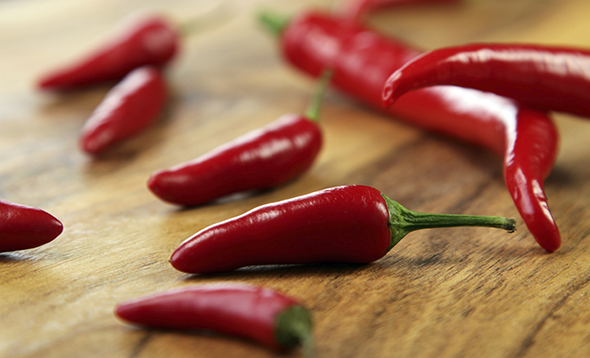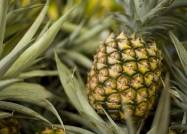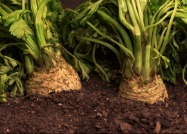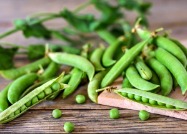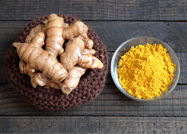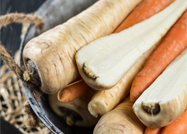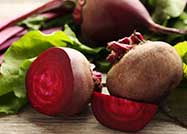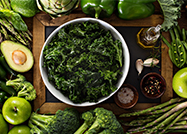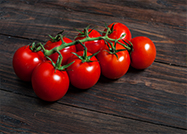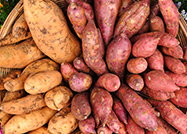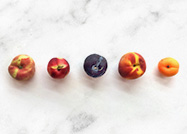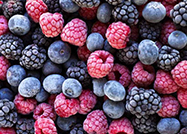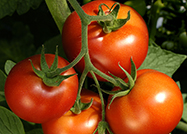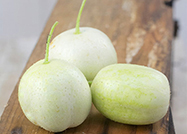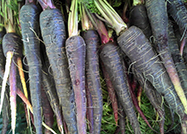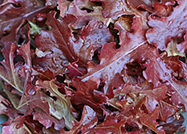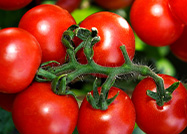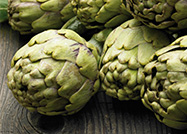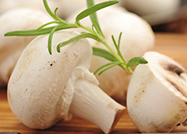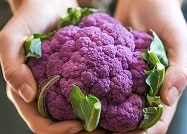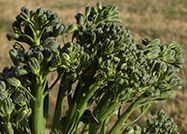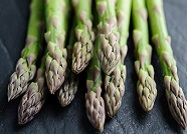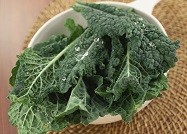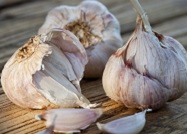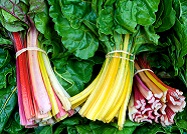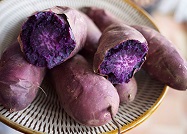That organic living is a conscious health choice
-
OUR STORY
-
-
A leading retailer of organic and natural products
-
Expert advice from trusted professionals
-
Symbolic of the organic goodness that we stand for
-
-
OUR RANGE
-
Introducing the best organic products
-
FairTrade and organic coffees and teas
-
Certified organic eggs and dairy
-
The sustainable, wild-caught and organic farmed
-
Grown without synthetic pesticides and fertilizers
-
Everything for your pantry made organically
-
All you need to nourish both mother and child.
-
For an eco-friendly, non-toxic and green home.
-
Holistic offerings for 100% natural beauty.
-
Gluten, vegan, dairy, wheat and egg-free.
-
-
OUR STORE
-
Where to go for all things organic
-
Prepared daily in our glow kitchen using fresh ingredients
-
-
RECIPES
-
Vitamin-loaded juices for the family.
-
Simple and delicious starters.
-
Memorable meals with these gourmet, healthy ideas.
-
Complement your main course with these delights.
-
End your meal with these less sinful sweet nothings.
-
- LIVING WELL
- EVENTS
- ESHOP
Chilli
Chilli is also known as chilli peppers. The substances that give chilli their intensity when ingested or applied topically are capsaicin and several related chemicals, collectively called capsaicinoids.
In Season: Throughout the year.
Health Benefits: Chilli contains up to seven times the vitamin C level of an orange and can help fight sinus congestion, aid digestion and relieve migraines and muscle, joint and nerve pain. It is also a good source of vitamins A and E, beta-carotene, folic acid and potassium. Chilli is considered a potential metabolism booster for weight loss.
How to Prepare: The membrane around the chilli seeds gives them most of their heat. You can scrape out the middle of the chilli with a teaspoon to control the heat. Make sure you wash your hands well after touching them and be sure not to put your fingers near your eyes as chillies can irritate the eyes and skin.
What to Look For: Fresh chillies should have a firm, smooth, glossy skin with green stems. There should be no blemishes - no brown marks, shrivelled skin, bruises, slashes, black spots or soft, sunken areas. Avoid limp or dry chillies (unless of course you are buying them as properly dried chillies!). They should be bright but deep in colour - if dull it could mean the fruit is over-matured.
How to Store: Fresh unwashed chillies may be stored for up to three weeks, either wrapped in paper towels or kept in a ventilated plastic bag in the fridge. If the bag is not ventilated, any trapped moisture will cause the chillies to go off more quickly.
Available at SuperNature Forum.
MORE HIGHLIGHTS
-
Sweet and delicious pineapples from Thailand
-
Celeriac
-
Fresh Peas
-
Turmeric
-
Organic Parsnip
-
Organic Artichoke
-
Beetroot
-
Dark Green Vegetables
-
Organic Stone Fruits
-
Tomatoes
-
Organic Citrus Fruits
-
Sweet Potatoes
-
Squash
-
Bosc Pear
-
Kale and Chard
Set yourself onto the road to super health with our incredible selection of organic kale and chard.
-
Spaghetti Squash
-
Summer Stone Fruits
Enjoy the American summer’s bounty of antioxidant rich, organic stone fruit and grapes in store now.
-
Cascadian Farm Frozen Fruit & Vegetables
-
Tomatoes
-
Carrots
-
Apple Cucumber
-
Black Knight Carrot
-
Red Oak Lettuce
-
Rubies on the Vine
-
Giant Artichokes
-
Pesticide-free Mandarin Oranges
-
Purple Vegetables
-
Mushrooms
-
Purple Cauliflower
-
Figs
Packed with potassium, manganese, and antioxidants, figs help support proper pH levels in the body.
-
Broccolini
-
Asparagus
-
Kale Lacinato
This member of the cruciferous vegetable family boasts unsurpassed health benefits.
-
Savoy Cabbage
Enjoy cancer-fighting savoy cabbages, the most tender of cabbages, at their peak.
-
Rainbow Carrots
-
Flame Seedless Grapes
-
Peaches and Nectarines
This is the best time to enjoy peaches and nectarines, classic signs of summer.
-
Garlic
-
Rainbow Chard
-
Purple Sweet Potatoes

























